Enter a surname, town name or other keyword to search the database. Remember to
allow for the different spellings of 'Mc' and 'Mac.' Good luck!
{Search tips: Use single word search terms for more results}
You must enter some valid character(s) into the search field
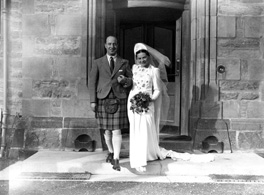
Reference: 1299b
Hamish Paterson (1904-1982), C...
|
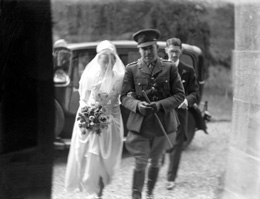
Reference: 1299a
Hamish Paterson (1904-1982), C...
|
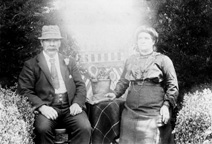
Reference: 877
Copy for Mrs Robertson, Old ...
|
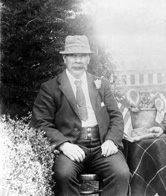
Reference: 838
Copy for Mrs Robertson, Old Ed...
|
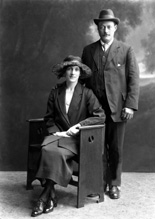
Reference: 24282
Mrs McLeod, The Smithy, Munloc...
|
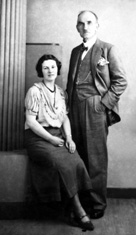
Reference: rc51a
Copy for Miss Jane Ross, A Cam...
|

Reference: rc51b
Copy for Miss Jane Ross, Women...
|

Reference: 3523
Mackinlays & Birnie Ltd. G...
| |